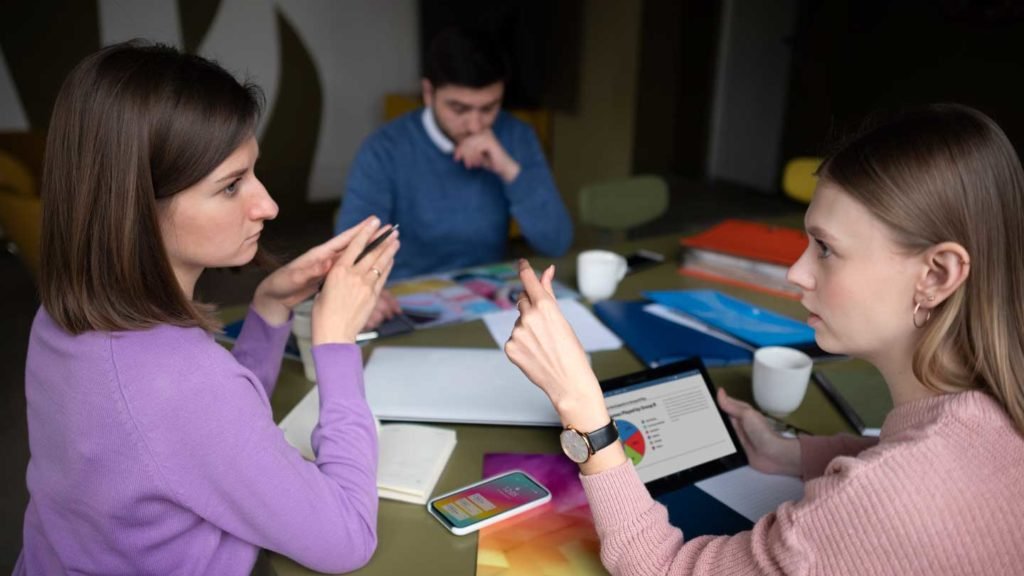The goal of restorative practice in education is to repair harm and repair relationships between students and faculty. Restorative practice seeks to heal divides and promote a feeling of belonging by rejecting punitive tactics in favor of more inclusive and collaborative approaches.
In this article, we’ll discuss how restorative practice may help make the classroom a more positive place for everyone. Therefore, continue reading before you look for restorative practice in schools.
Understanding Restorative Practice
The goal of restorative practice is to reform outdated forms of school discipline. It’s predicated on the idea that when damage is done, it’s more important to work on mending relationships than it is to assign blame and impose punishment.
Open communication, compassion, and personal responsibility are at the heart of restorative practice. Students and faculty are more likely to accept responsibility for their actions and the consequences they have on others when the emphasis is placed on understanding rather than punishment.
Several basic elements underpin restorative practice. In the first place, it acknowledges the significance of strong interpersonal connections to a productive educational setting. It encourages people to work together and treats everyone with respect.
Fostering Positive Relationships
Positive interactions between faculty and students can only be fostered in a safe and welcoming classroom setting. To do this, restorative practice provides a more comprehensive strategy. Restorative practices allow schools to foster an environment where all students are treated with dignity and respect.
Building a feeling of community is an important strategy for connecting with others and keeping them around. Students are more likely to do well in school if they feel accepted there.
One approach is to promote an atmosphere that encourages teamwork and group decision-making, as well as a culture that recognizes and appreciates individual diversity. They may help strengthen local communities when schools promote civil discourse, empathy, and individual accountability.
Restorative Circles: Strengthening Bonds
Students, faculty, and staff may work together more effectively via restorative circles. People may come together in these circles without fear of judgment to discuss their issues, brainstorm potential solutions, and start the healing process.
Participants in a restorative circle often sit in a circle with the help of a facilitator. Active listening and empathy are emphasized when participants are given the chance to both talk and listen. Relationships and disputes may be strengthened via the use of preventative restorative circles, while damaged relationships can be repaired using reparative ones.
Restorative circles’ capacity to foster comprehension and compassion is among its most notable advantages. Everyone gets a turn at the mic, and the format of the circles encourages everyone to listen to one another.
Repairing Harm and Rebuilding Connections
When problems arise in the classroom, restorative practice emphasizes mending damaged relationships and mending bridges between students. Restorative techniques allow for communication, understanding, and healing rather than relying on punitive measures.
Repairing damage and mending relationships is the goal of many restorative conferences. All parties engaged in a quarrel or event that caused injury are required to attend these sessions.
The purpose of a restorative conference and restorative practice in schools is to discover solutions that are acceptable to all parties, address the consequences of the damage, and hold people responsible for their actions.
Benefits of Restorative Practice
There are many positive outcomes when educators use restorative techniques in the classroom. A more constructive and welcoming school climate may result if the focus moved from punishment to repair.
Children’s psychological and emotional health will also vastly improve. Participating in restorative pursuits improves health through strengthening relationships with friends, family, and neighbors.
Students are more motivated to study and develop as people when they like being in the classroom. Attendance and participation in class both improve with restorative practice.
Conclusion
The use of restorative practices has the potential to improve relationships amongst students. When schools promote civil discourse, empathy, and individual accountability, they may help strengthen local communities.
After a traumatic occurrence, restorative circles and conferences may be used to fix the damage done, mend broken relationships, and restore trust. Restorative practices have the potential to help ensure that all students can learn in a setting where they feel safe, valued, and heard.



